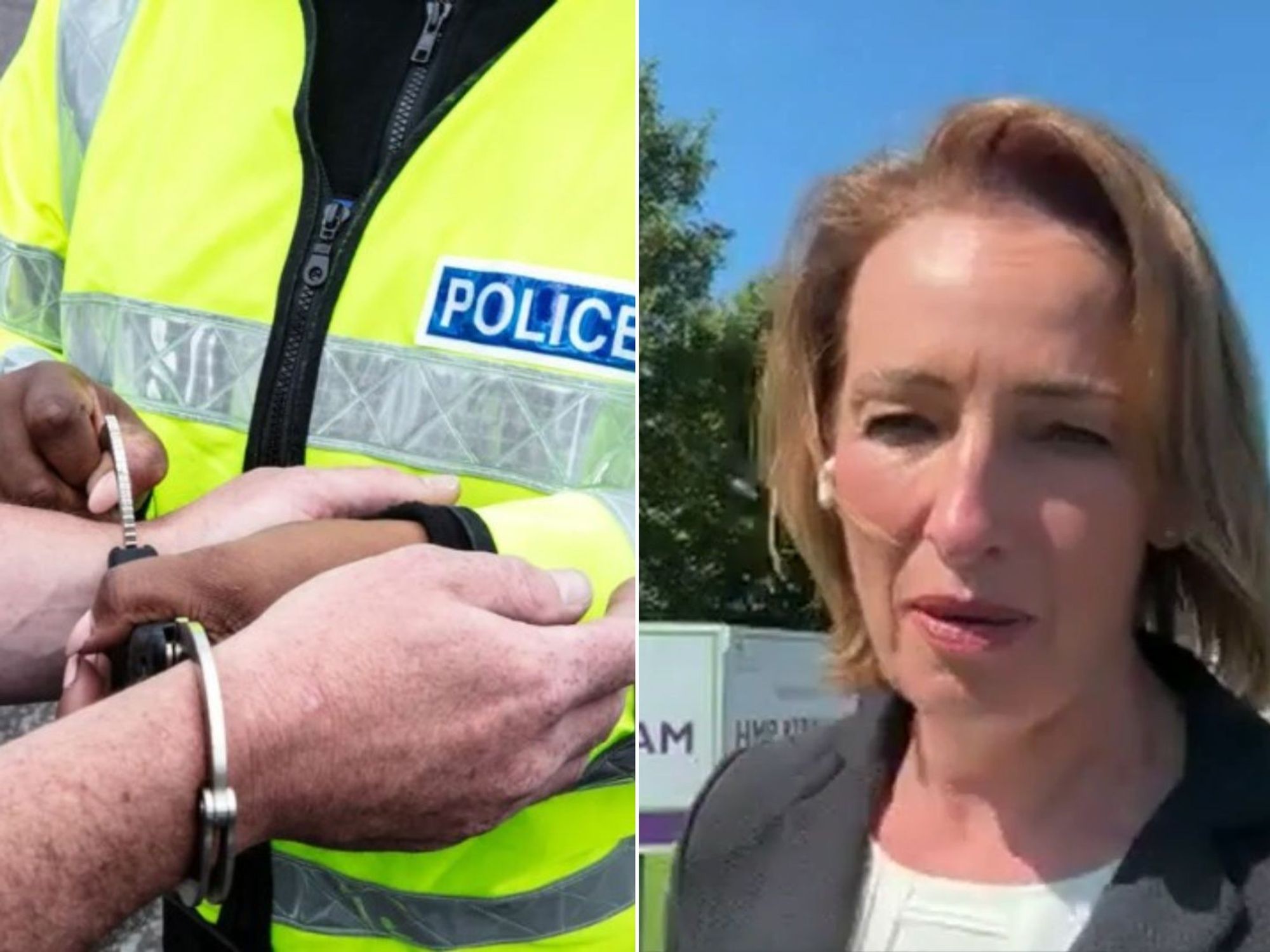Car insurance rule changes to undergo major overhaul and help 'price premiums more accurately'
The old system saw insurance group for the car, the cheaper it is to insure
Changes came into effect for vehicles registered after August 1
Don't Miss
Most Read
Latest
Car insurance in the UK is set to undergo a massive change as the traditional insurance group ratings which help set prices for new cars get overhauled.
The replacement sees the new “Vehicle Risk Rating” (VRR) scheme get rolled out for insurers who will now be subject to the system when setting premium prices.
The scheme, which came into effect for new cars registered after August 1, sees cars assessed under five risk areas and provides individual category scores.
The five areas include performance, desirability, repairability, safety, and security, while older models will stick to the same one to 50 grouping system as before.
Do you have a story you'd like to share? Get in touch by emailing motoring@gbnews.uk

For the next 18 months, the scheme will be in place alongside the insurance group ratings
GETTYThe insurance group system was introduced in 2009 and includes 50 different groups. The lower the insurance group for the car, the cheaper it is to insure.
Jonathan Hewett, chief executive at Thatcham Research, said: “New technology is challenging the existing motor insurance model, prompting an unprecedented shift in the balance of risk from the driver to the vehicle.
“In response, we’ve worked closely with insurance, drawing upon cutting-edge data analysis to create a rating system that offers a more precise and detailed assessment of vehicle risks.
“This will not only help insurance price premiums more accurately but also encourage manufacturers to consider insurance outcomes when designing vehicles.”
Thatcham Research described the change as “a more comprehensive and dynamic framework for evaluating vehicle risks.”
Unlike the old system where the rating was set only at the car’s launch, a car’s VRR can go up or down over time, increasing or decreasing its insurance costs.
The VRR system also aims to provide more transparency for buyers looking to manage insurance costs with Hewett highlighting how the system could force manufacturers to consider insurance outcomes more closely when designing vehicles.
The “repairability” category is particularly significant, contributing strongly to the overall VRR score. It comes after the Association of British Insurers reported that repair costs for claims were up 28 per cent from 2023.
Experts at Cinch explained: “There’s been plenty of new car tech and intricate software on the market in recent years, and with this can come new issues.
“It makes sense that providers want an updated system to assess the insurability of vehicles as the old set-up becomes outdated.
“There are new materials, new building processes, complex software, and other advanced technology that hasn’t previously been as widely (or at all) considered in insurance assessments.”
The transition to the new system will be a gradual process. For the next 18 months, it will run alongside the existing Group Rating system, allowing insurers and manufacturers time to adjust.
LATEST DEVELOPMENTS:

The system sees cars assessed under five risk areas
PEXELS
After the transition period, the VRR system will become the sole reference for new cars with change having the potential to reshape the car insurance landscape in the UK.
The new system's ability to update ratings over time may lead to more frequent adjustments in insurance premiums which could benefit drivers who maintain their vehicles well or whose cars receive safety upgrades.
Mark Shepherd, head of general insurance at the ABI told GB News: “The new rating system is a great step forward to allow more detailed risk assessments of the changing automotive landscape.
"We also hope it will encourage manufacturers to consider things like security and repairability more closely when designing new cars for UK roads.”







